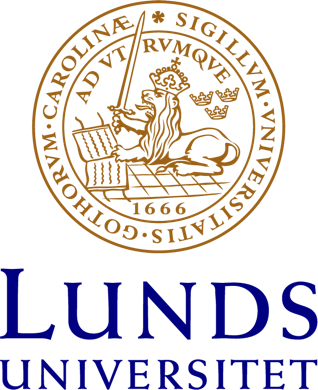Hybrid rough-PSO approach in remote sensing imagery analysis
Pixel classification among overlapping land cover regions in remote sensing imagery is a very challenging task. Detection of uncertainty and vagueness are always the key features for classifying mixed pixels. This paper proposes an approach for pixel classification using a hybrid approach of rough set theory and particle swarm optimization methods. Rough set theory deals with incompleteness and va
